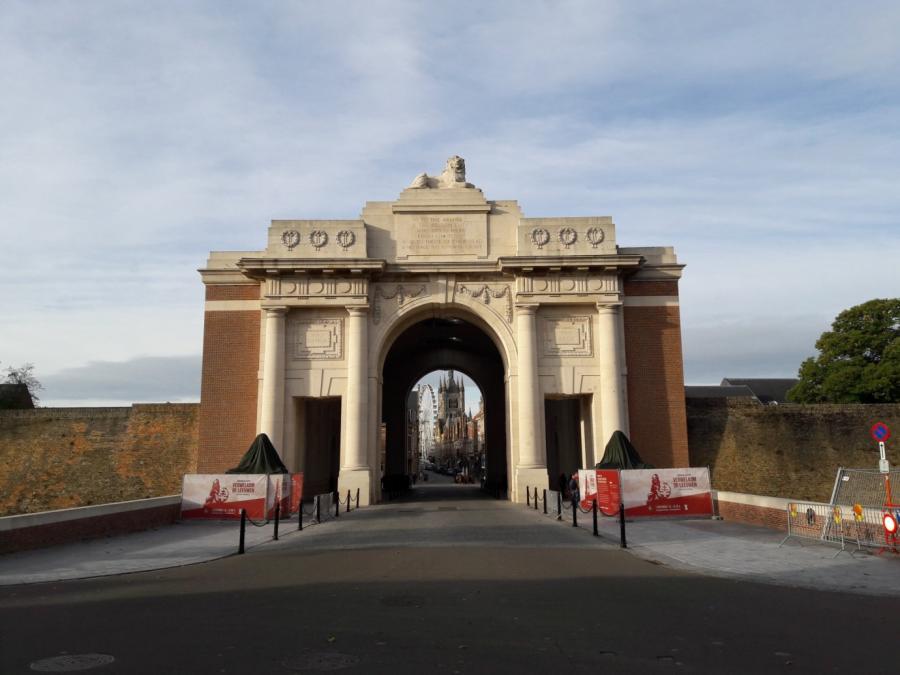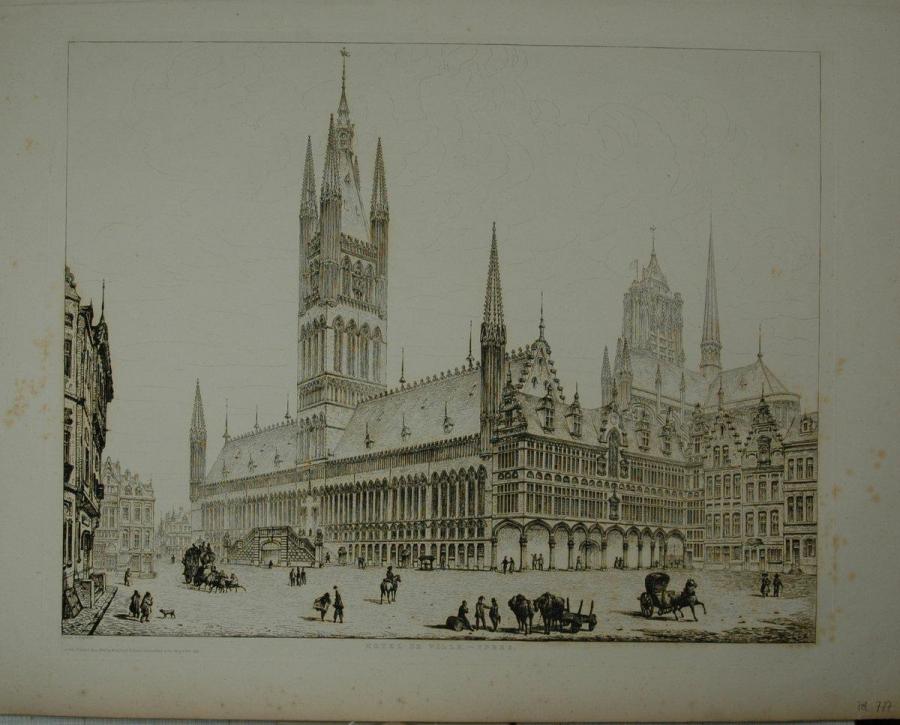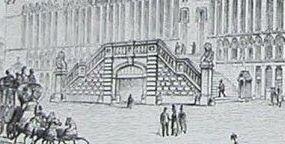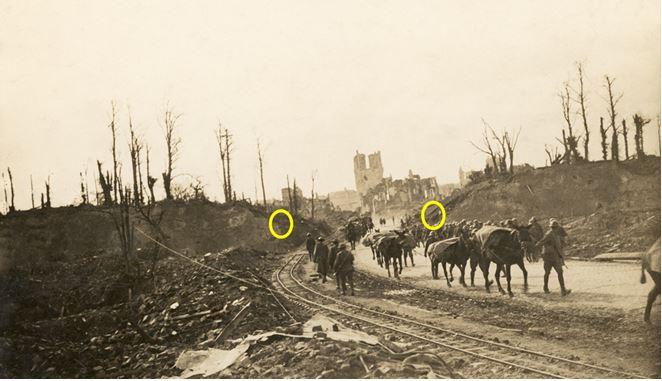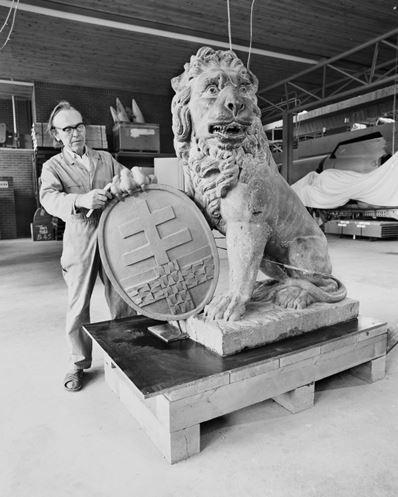by Hugh Cullimore
Part of the role of the Memorial’s curatorial team is to research items in the collection, and if need be, to update our records when new information becomes available. This article highlights new information that has come to light about the Menin Gate Lions.

